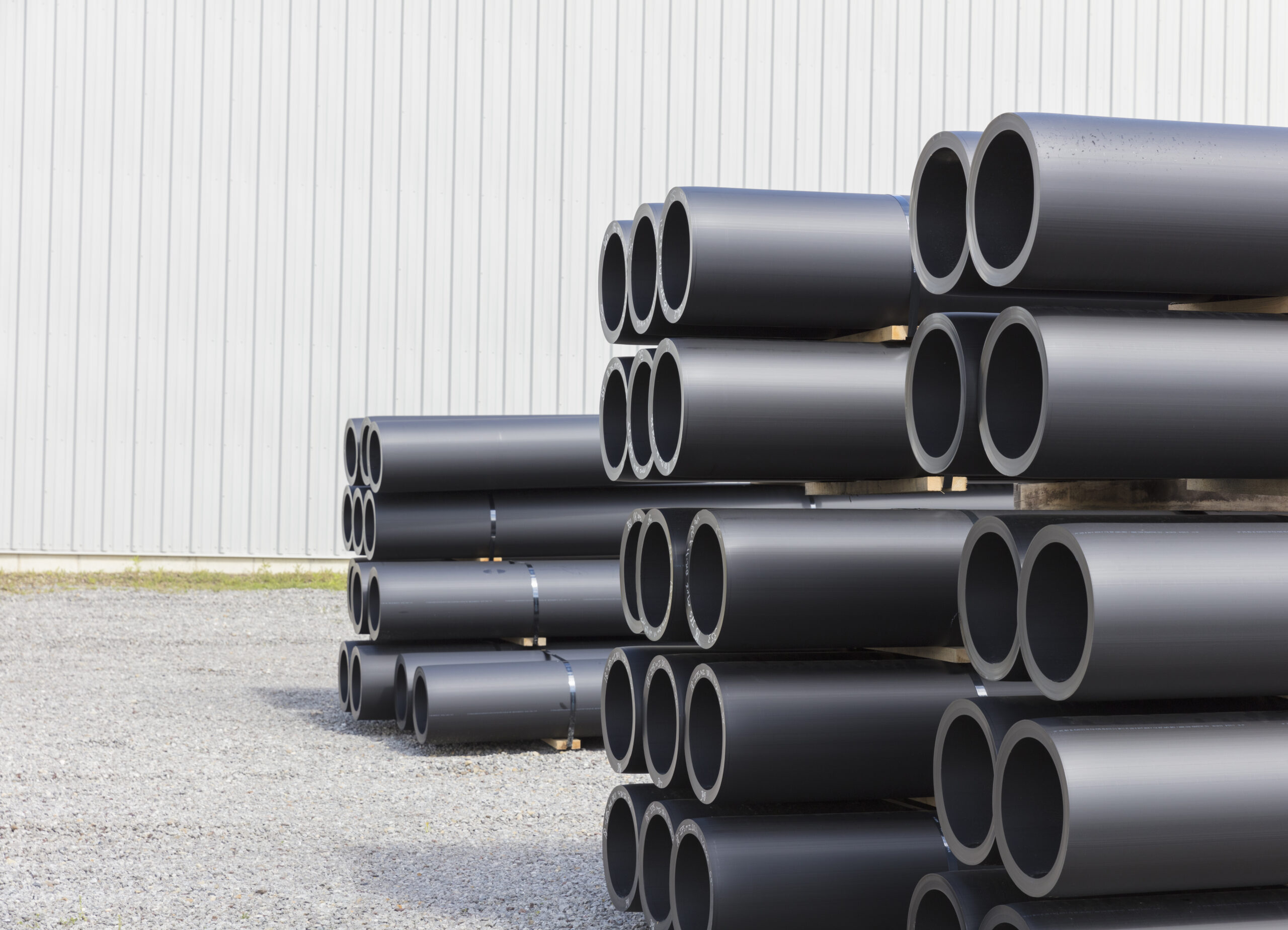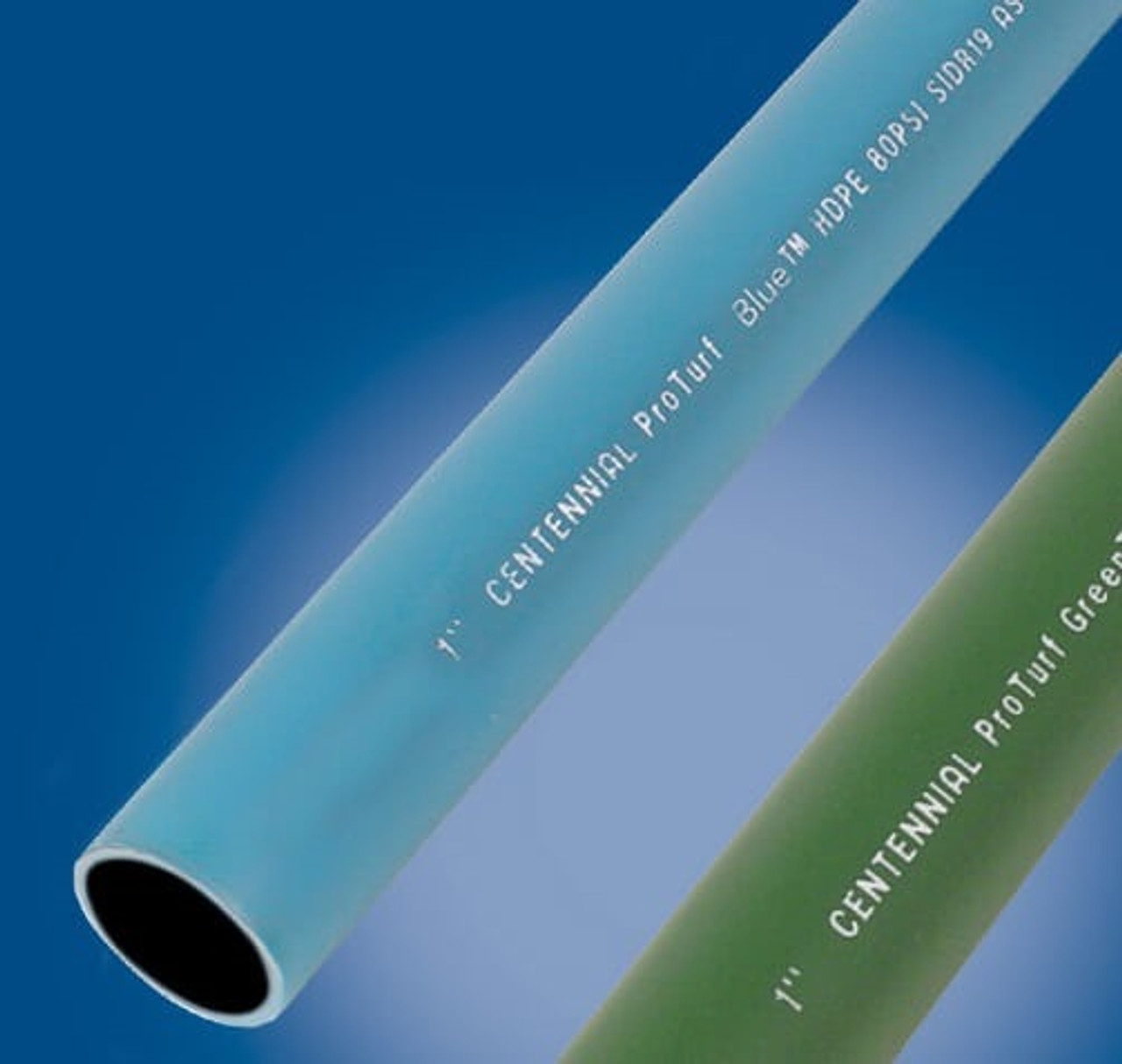The Necessary Steps for Successful Installment of HDPE Pipe in Your Next Project
Effective setup of HDPE pipe requires mindful preparation and implementation. Trick actions include reviewing project demands, preparing the website, and choosing proper signing up with strategies. Each phase plays an important duty in making certain the honesty and performance of the pipeline. Comprehending these necessary steps can substantially influence the total success of the project - hdpe pipe suppliers Midland TX. Nonetheless, the nuances of each action might hold the trick to getting over typical challenges faced during setup
Recognizing the Benefits of HDPE Pipeline
High-density polyethylene (HDPE) pipe offers many benefits that make it a preferred selection for different applications. Its high resistance to rust and chemicals assurances resilience in requiring environments, greatly extending the life-span of installations. Additionally, HDPE's versatility enables much easier installment, particularly in tough terrains, as it can bend without breaking. The light-weight nature of HDPE pipe simplifies transport and handling, lowering labor prices throughout installment.
HDPE pipe is recognized for its low friction coefficient, which enhances liquid flow and minimizes energy intake. Its smooth building lowers the danger of leaks, contributing to far better source administration and environmental defense. Furthermore, HDPE is recyclable, lining up with sustainable techniques and lowering environmental impact. Generally, the combination of toughness, adaptability, and eco-friendliness makes HDPE pipe a superior selection for a large range of tasks, from water circulation to industrial applications.
Planning Your HDPE Pipe Setup
When planning a setup of HDPE pipe, mindful factor to consider of numerous vital variables is important to secure an effective project. Initially, project managers need to analyze the particular needs of the pipe, including the meant usage, flow rates, and ecological problems. Understanding these specifications will assist the option of proper pipeline measurements and product quality.
Next off, timelines must be established, considering procurement schedules and any kind of prospective hold-ups. Sychronisation with neighborhood authorities for licenses and regulatory conformity is additionally necessary. Additionally, an in-depth budget plan should be prepared, including all expenses associated with products, labor, and machinery.
It is essential to engage a qualified team experienced in HDPE pipeline setup. Their expertise will certainly assist minimize risks, assurance adherence to market requirements, and eventually add to the task's success. Extensive preparation prepares for a smooth installation process and durable efficiency of the HDPE piping system.
Preparing the Site for Installation
Correct site prep work is crucial for the effective installment of HDPE pipeline. Before setup starts, the site needs to be thoroughly assessed to assure it satisfies all required demands. This includes checking the ground for existing structures, utilities, and possible risks that can restrain the installation process.

Correct elevation and positioning need to be developed to maintain a regular gradient for water drainage functions. Correct drainage around the installation website is likewise important to stop water buildup, which can bring about difficulties down the line.
Strategies for Signing Up With HDPE Water Lines
Attaining a trusted connection in between HDPE pipelines is essential for making sure the stability and longevity of the installment. Different strategies exist for joining these pipes, each fit for different project demands. Blend welding is among the most typical techniques, utilizing warm to bond the pipe ends with each other, creating a smooth and sturdy link. This method can be more classified into socket combination and butt combination, depending upon the pipeline setups.
Mechanical installations are an additional choice, utilizing clamps and threaded ports to join sections of HDPE pipe. While generally faster to install, they may require additional maintenance in time. Electrofusion is a customized method that entails making use of electric current to warmth and fuse the pipelines with particularly designed fittings, guaranteeing a solid bond. Selecting the ideal joining technique is important, as it straight affects the general efficiency and reliability of the HDPE piping system in the intended application.
Examining and Inspection of Installed Pipeline
The testing and evaluation of installed HDPE pipes are critical to guaranteeing their performance and long life. This procedure incorporates aesthetic assessment methods, stress screening approaches, and leakage detection procedures to identify possible concerns. By employing these approaches, specialists can validate the integrity of the setup prior to it is taken into use.
Visual Examination Techniques
Employing effective aesthetic assessment strategies is essential for guaranteeing the stability of installed HDPE pipes. Assessors must methodically analyze all noticeable sections of the pipe to identify any kind of signs of damages, imbalance, or incorrect installment. Key indications to analyze consist of joint integrity, surface abnormalities, and connections. Examiners might utilize tools such as magnifying glasses or cams to enhance presence and information. It is necessary to look for signs of environmental stress and anxiety, such as bending or extreme bending, which might jeopardize efficiency. Regular paperwork of searchings for enables tracking modifications in time and helps guide needed repair work. By adhering to established aesthetic examination procedures, task groups can notably lower the risk of future failures and assure long-term integrity of the piping system.
Pressure Examining Methods
Aesthetic evaluation serves as a preliminary measure, yet it is not sufficient by itself this content to assure the performance of mounted HDPE pipes. Stress screening approaches are crucial for guaranteeing the integrity of these systems. Typically, hydrostatic testing is utilized, where the pipelines are filled with water and subjected to stress degrees over the designated operating stress. This technique helps determine weaknesses or potential leaks. Pneumatically-driven screening can likewise be used, although it carries better threats because of the compressibility of air. No matter the technique picked, adhering to industry criteria and safety protocols is essential. After carrying out stress examinations, thorough documentation is required to confirm the outcomes and confirm that the installment fulfills all operational needs prior to continuing to the next stage of the job.

Drip Detection Procedures
Exactly how can one assure that mounted HDPE pipes are cost-free from leaks? Effective leak detection treatments are vital to safeguard the stability of the system. At first, visual inspections need to be executed, seeking signs of water buildup or soil disintegration around pipeline joints. Following this, pressure testing can confirm the system's stamina. A common method is the hydrostatic test, where water is introduced under stress, keeping track of for decreases that suggest potential leakages. Furthermore, advanced technologies, such as acoustic sensors or infrared thermography, can discover leaks that might not be noticeable. Routine tracking and upkeep more add to the long life of HDPE pipelines, guaranteeing they stay leak-free throughout their functional life-span. Correct documentation of these treatments is crucial for conformity and future recommendation.
Maintenance Tips for Long-Term Efficiency
To ensure the durability of HDPE pipelines, developing a routine examination timetable is crucial. This proactive method permits for the very early discovery of possible concerns, lessening costly repairs. In addition, executing proper cleaning strategies will assist maintain peak performance and protect against buildup that can influence capability.
Routine Evaluation Set Up
Although HDPE pipes are understood for their sturdiness and resistance to corrosion, developing a routine evaluation routine is necessary for guaranteeing their lasting performance. Routine examinations aid identify prospective concerns such as leaks, joint integrity, and ecological impacts that may affect the pipeline's performance. It is recommended that inspections take place at the very least biannually, or more often in atmospheres with extreme problems. hdpe pipe suppliers Midland TX. Throughout these assessments, aesthetic checks must be performed to spot indicators of wear or damages. Furthermore, making use of technology such as ultrasonic testing can supply more understandings into the pipe's condition. By implementing an organized examination routine, project managers can proactively deal with problems, thereby expanding the life expectancy of HDPE pipes and maintaining system efficiency
Appropriate Cleansing Techniques
Appropriate cleansing methods play an essential duty in keeping the long-term performance of HDPE pipes. Regular cleaning prevents the buildup of particles, sediment, and biofilm, which can cause obstructions and decreased flow performance. Operators should use methods such as high-pressure water jetting or foam cleansing to effectively get rid of impurities without harming the pipe surface. It is vital to avoid utilizing rough chemicals that might weaken HDPE product. Additionally, scheduled upkeep checks ought to include my response aesthetic examinations for any indicators of wear or damage. Appropriately trained employees ought to perform these cleaning processes, ensuring conformity with safety and ecological guidelines. By applying these practices, the life-span of HDPE pipelines can be sewer line locator significantly expanded, making sure suitable performance throughout their functional life.
Regularly Asked Questions
What Are the Ecological Impacts of HDPE Pipeline Production?
The ecological influences of HDPE pipeline manufacturing include greenhouse gas emissions, energy intake throughout manufacturing, possible plastic pollution, and obstacles in recycling. Nonetheless, HDPE's longevity and resistance to deterioration can mitigate some ecological concerns.
Exactly How Does HDPE Pipe Compare to Other Products?

What Tools Are Necessary for HDPE Pipe Installation?
Important tools for HDPE pipe setup consist of a blend machine, pipe cutters, shovels, measuring tape, and safety and security equipment. Correct equipment assurances efficient, safe handling and installation, adding to the project's total success and honesty.
Are There Any Type Of Certain Rules for HDPE Pipe Installment?
Certain laws for HDPE pipeline setup differ by region, frequently regulated by regional, state, or federal codes. Conformity with these guidelines warranties safety and security, environmental management, and performance, making adherence crucial for effective task end results.
Can HDPE Water Lines Be Recycled After Use?
Yes, HDPE pipes can be reused after usage. Their polycarbonate nature enables reprocessing, making them ideal for reusing into new products. This sustainability element adds to ecological preservation and promotes round economic situation techniques in building.